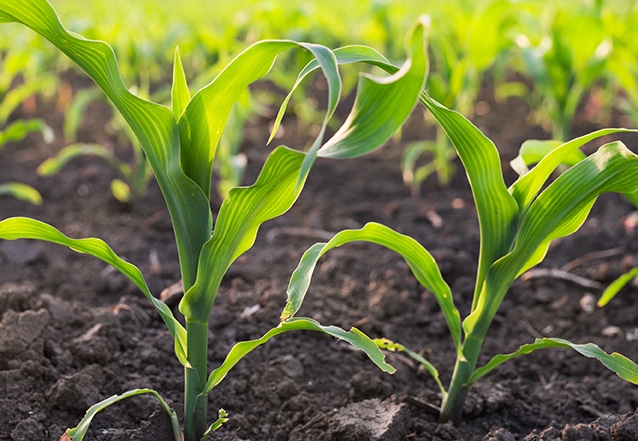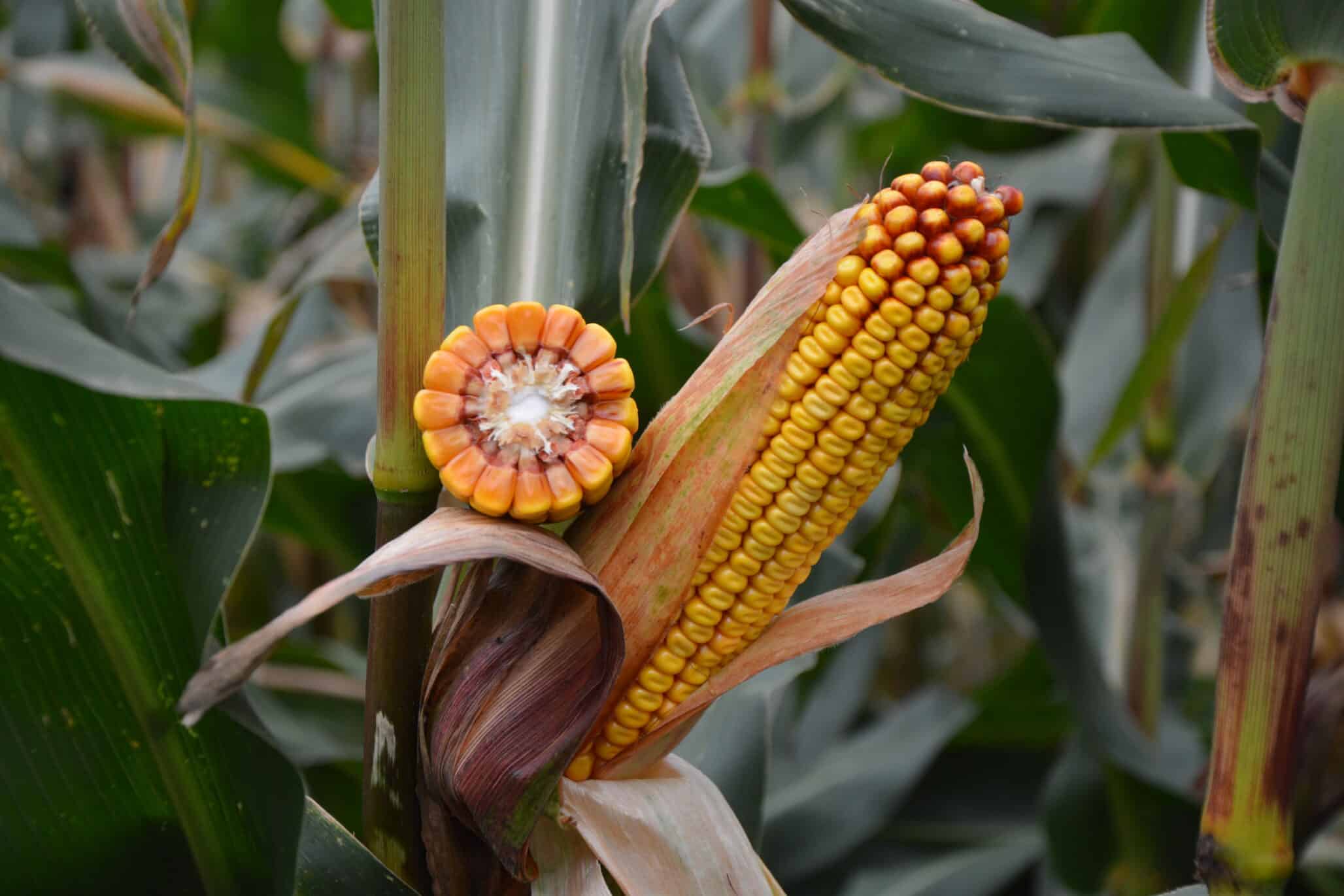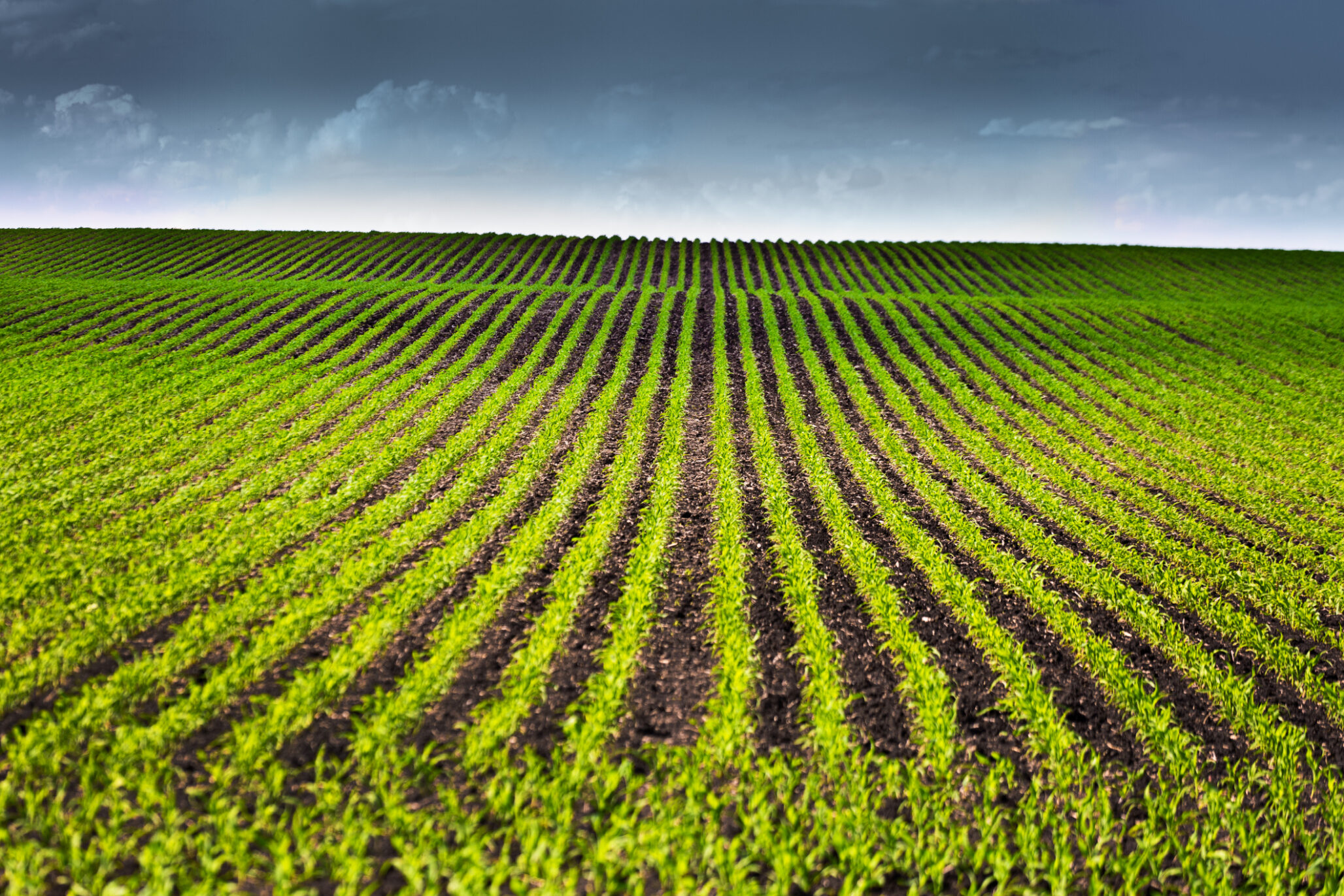This year, the maize sowing season presented significant challenges. In several countries in Western Europe, excessively wet spring conditions limited the window for field operations, forcing farmers to perform soil preparations and sowing under suboptimal conditions. Conversely, Eastern Europe experienced a rapid transition from wet to dry conditions, necessitating expedited sowing to leverage residual moisture for seed germination. In both scenarios, rapid and succinct field preparations coupled with accelerated sowing speeds were imperative to ensure timely completion of sowing activities. This highlights the inherent difficulty farmers face in optimising this critical phase, necessitating consideration of the area to be planted, the throughput offered by sowing equipment, soil conditions, and climatic factors. The success of maize sowing is multifactorial.
In spring cultivation, particularly for maize, yield potential is largely determined at the sowing stage. Successful sowing is often attributed to a combination of pedoclimatic conditions, farmer expertise, sowing equipment, and, not the least important, the seed quality. Research has shown that uniform seed spacing leads to better resource utilisation (light, water, and nutrients) and reduces plant competition. Uniform sowing results in more consistent plant growth and higher yields. The timing of sowing impacts the crop’s exposure to environmental conditions such as temperature and moisture. Advances in sowing technology, such as precision drills, have improved seed placement accuracy and consistency. Why add seed quality as a determinant of sowing success? Through the collaborative work of Lidea with various precision seed drill manufacturers, it has been observed that seed performance during sowing varies significantly based on size, shape, weight, and seed treatment. Lidea has addressed this through the development of a new criterion, termed “sowability”, which denotes a seed’s capacity to be sown uniformly, without gaps or doubles. This criterion has been pivotal in the creation of the POWER solution.
The sowing qualities, namely the gaps, doubles, and singulation (seed-to-seed regularity), have been validated over the past two years in various tests conducted with farmers across Europe. Our results showed that the use of POWER seeds reduced doubles and gaps by 1.9% and 3.2%, respectively, and improved singulation by 5.1% compared to the control. These improvements, especially in reducing gaps, resulted in an average increase of 2,621 plants per hectare, directly impacting the final yield. But can these data be confirmed by end-users?
This year marked the inaugural commercialization of POWER in Europe. Given the year’s conditions, our new solution was rigorously tested. While user survey results are not yet finalised, substantial feedback from farmers indicates highly uniform seed emergence with plant densities closely matching the sowed density. Furthermore, 82% of respondents confirmed that increased sowing speeds did not compromise precision, a notable improvement over other seed varieties. Seedling uniformity is a critical factor for farmers, with 85% acknowledging superior performance with POWER compared to control seeds.
We sought the opinions of farmers in France who have sown POWER this spring, and here are their insights:
Cazaux Stéphane, EARL Ducedre, Andoins, France:
“POWER seeds have demonstrated exceptional quality, with outstanding initial vigour and impressive germination rates. The emergence closely matched the targeted planting density. I was able to sow at a speed of 11 km/h using my Vädersad planter. Choosing POWER seeds for my 20 hectares was a decision I am very pleased with, and I plan to use them again.”
Jérôme Lacoste, EARL des Augas, Sauvagnon:
“From germination to emergence, the vigour and consistency of POWER seeds were remarkable, with no missing plants. Compared to another variety with a similar maturity index, I observed a height difference of up to 50 cm. The seed sorting process was well-executed, with no broken grains or dust in the bags. The actual planting density was within 2% of the target density.”
The integration of high-quality seeds, precision sowing equipment, and optimised sowing practices are key to overcoming the challenges posed by variable sowing conditions. By focusing on these critical factors, farmers can achieve improved crop establishment and ultimately enhance their yield outcomes. At Lidea, we encapsulate this with the principle: one sown seed equals one emerged plant, which equates to one fully productive plant.









